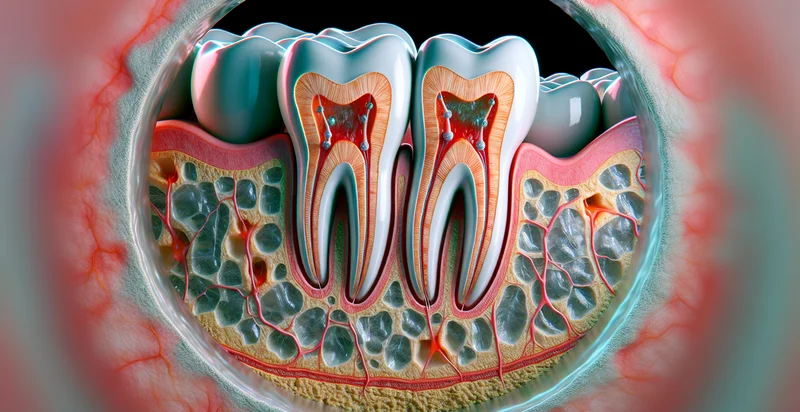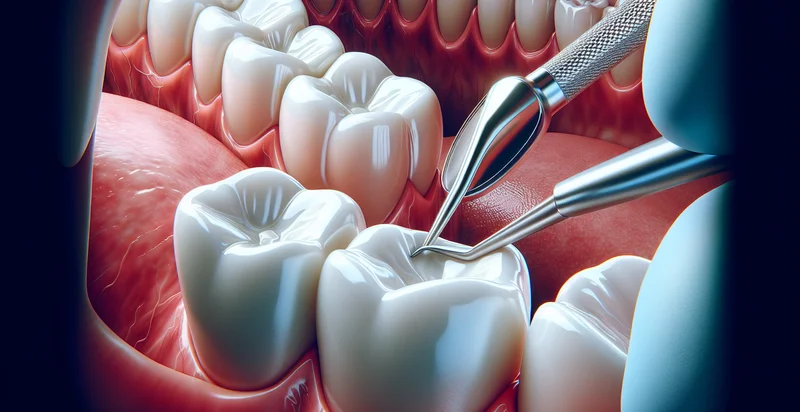Identify tooth mineralization
using AI
Below is a free classifier to identify tooth mineralization. Just upload your image, and our AI will predict the stage of tooth mineralization it is at - in just seconds.

Contact us for API access
Or, use Nyckel to build highly-accurate custom classifiers in just minutes. No PhD required.
Get started
import nyckel
credentials = nyckel.Credentials("YOUR_CLIENT_ID", "YOUR_CLIENT_SECRET")
nyckel.invoke("tooth-mineralization", "your_image_url", credentials)
fetch('https://www.nyckel.com/v1/functions/tooth-mineralization/invoke', {
method: 'POST',
headers: {
'Authorization': 'Bearer ' + 'YOUR_BEARER_TOKEN',
'Content-Type': 'application/json',
},
body: JSON.stringify(
{"data": "your_image_url"}
)
})
.then(response => response.json())
.then(data => console.log(data));
curl -X POST \
-H "Content-Type: application/json" \
-H "Authorization: Bearer YOUR_BEARER_TOKEN" \
-d '{"data": "your_image_url"}' \
https://www.nyckel.com/v1/functions/tooth-mineralization/invoke
How this classifier works
To start, upload your image. Our AI tool will then predict the stage of tooth mineralization it is at.
This pretrained image model uses a Nyckel-created dataset and has 9 labels, including Adequate, Deficient, Excessive, Hypermineralization, Hypomineralization, Insufficient, Normal, Optimal and Suboptimal.
We'll also show a confidence score (the higher the number, the more confident the AI model is around the stage of tooth mineralization it is at).
Whether you're just curious or building tooth mineralization detection into your application, we hope our classifier proves helpful.
Related Classifiers
Need to identify tooth mineralization at scale?
Get API or Zapier access to this classifier for free. It's perfect for:
- Dental Diagnostics: This function can assist dental professionals in accurately identifying and classifying tooth mineralization levels in patients. By analyzing images taken during routine check-ups, dentists can better assess patients' oral health and determine the need for fluoride treatments or other preventive measures.
- Research and Development: Researchers can utilize the tooth mineralization identifier to conduct studies on the effects of various diets, fluoride exposure, or dental products on tooth health. This could lead to innovations in toothpaste formulations or dietary recommendations aimed at improving dental mineralization.
- Education and Training: Dentistry schools can implement this function as a teaching tool for dental students learning to recognize tooth mineralization stages. By utilizing a more advanced method of image classification, students can sharpen their diagnostic skills in a practical, interactive environment.
- Telehealth Services: In tele-dentistry applications, this function can enhance patient consultations by allowing remote assessments of tooth mineralization through uploaded images. This would enable dental professionals to provide timely advice and treatment plans without the need for in-person visits.
- Preventive Care Programs: Dental clinics can integrate this function into their preventive care initiatives to identify patients at risk of mineralization issues. This proactive approach enables clinics to tailor oral hygiene education and targeted prevention strategies for at-risk populations.
- Commercial Product Development: Oral care brands can use the tooth mineralization identifier to analyze the effectiveness of their products in enhancing tooth mineralization. Product developers can utilize this data to create evidence-based marketing claims and improve product formulations.
- Mobile Health Apps: Developers of mobile health applications focused on dental health can incorporate this image classification function to empower users in self-assessing their tooth mineralization. By providing immediate feedback through uploaded images, users can make informed decisions about their dental care and seek professional advice when necessary.


